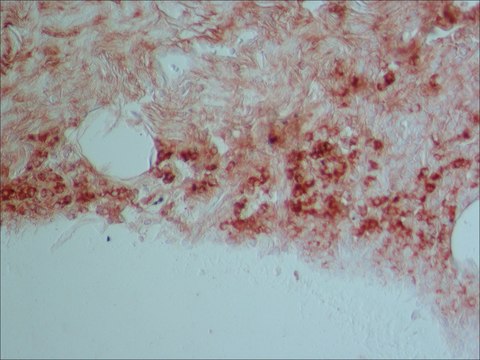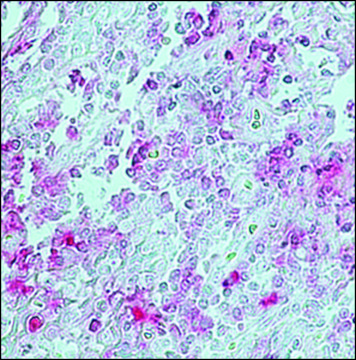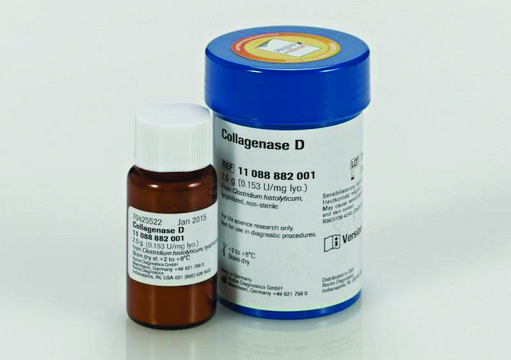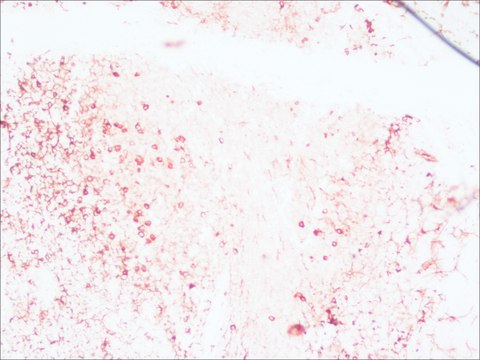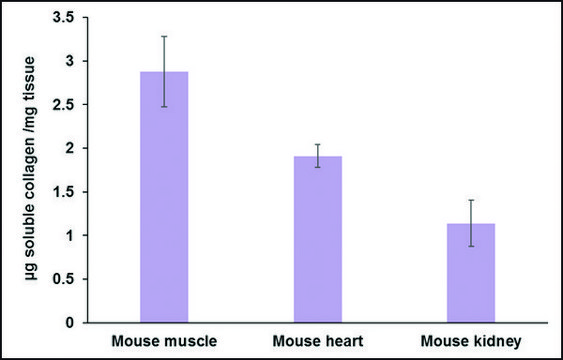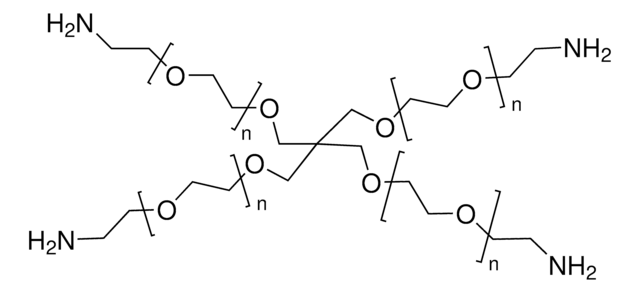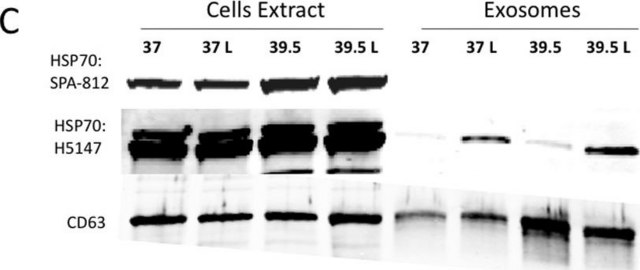A7851
Monoclonal Anti-Hamster IgG−Peroxidase antibody produced in mouse
clone MAH 1.12, purified immunoglobulin, lyophilized powder
Synonym(s):
Monoclonal Anti-Hamster IgG
About This Item
Recommended Products
biological source
mouse
conjugate
peroxidase conjugate
antibody form
purified immunoglobulin
antibody product type
secondary antibodies
clone
MAH 1.12, monoclonal
form
lyophilized powder
species reactivity
hamster
should not react with
rat, bovine, horse, chicken, goat, human, mouse, pig, rabbit
technique(s)
direct ELISA: 1:40,000 using hamster IgG as the coating protein
western blot: 1:2,000 using recombinant mouse TNFα
isotype
IgG2b
shipped in
wet ice
storage temp.
−20°C
target post-translational modification
unmodified
Looking for similar products? Visit Product Comparison Guide
General description
Immunogen
Application
Physical form
Disclaimer
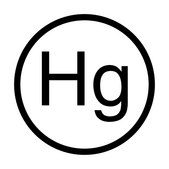
Not finding the right product?
Try our Product Selector Tool.
Storage Class Code
13 - Non Combustible Solids
WGK
WGK 2
Flash Point(F)
Not applicable
Flash Point(C)
Not applicable
Regulatory Information
Choose from one of the most recent versions:
Already Own This Product?
Find documentation for the products that you have recently purchased in the Document Library.
Our team of scientists has experience in all areas of research including Life Science, Material Science, Chemical Synthesis, Chromatography, Analytical and many others.
Contact Technical Service